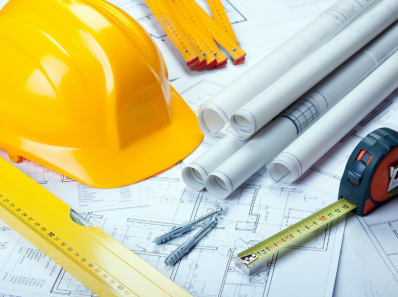As industries are seeing more progress in construction, the need for reliable scaffolding in the Bay of Plenty also rises. Scaffolding enables workers to access high structures and perform their duties without fear of injury or a lack of productivity. Of course, as with any commercial application, these solutions can also benefit from a more responsible approach.
The Bay of Plenty is one of the most diverse and ecologically significant areas in New Zealand. So, there is a need for sustainable solutions, including for the use of scaffolding, that are both safe and eco-friendly..
Reliable and Continuing Services
Companies that provide scaffolding services should have well-maintained equipment, trained staff, and a commitment to safety. The scaffolding should be inspected regularly to ensure that it is in good condition and meets safety standards.
In addition, scaffolding companies should be committed to reducing their environmental impact by using eco-friendly materials and minimizing waste. One way to do that is through adopting on-site design practices to save time and resources.

Flexible, Optimised Solutions
Scaffolding requirements vary depending on the type of construction project. Companies should offer flexible and optimized solutions, like railings or edge protection scaffolds in Tauranga. The scaffolding should provide optimal possible access to the structure while minimizing the impact on the environment.
Complete, Up-To-Date Prep
Preparation is critical to the success of any scaffolding project. Companies should ensure that they have the necessary permits, equipment, and personnel to carry out the project safely and efficiently.
In addition, they should have up-to-date knowledge of the latest safety regulations and best practices in the industry. This knowledge ensures that the scaffolding is designed, installed, and maintained to the highest standards of safety and quality.
Material Considerations
The choice of materials used in scaffolding is crucial in ensuring sustainability and safety. Companies should use environmentally friendly materials that have minimal impact on the environment.
For example, bamboo scaffolding is an eco-friendly alternative to traditional scaffolding materials, such as steel and aluminum. Companies should also ensure that the scaffolding is designed to minimize waste and maximize reuse and recycling.
Conclusion
Sustainability in the context of height safety protocols is crucial in ensuring security and efficiency on construction sites. Companies that provide scaffolding services in the Bay of Plenty should prioritize sustainability and safety in their operations. With this guide, that becomes an easier goal to accomplish.

